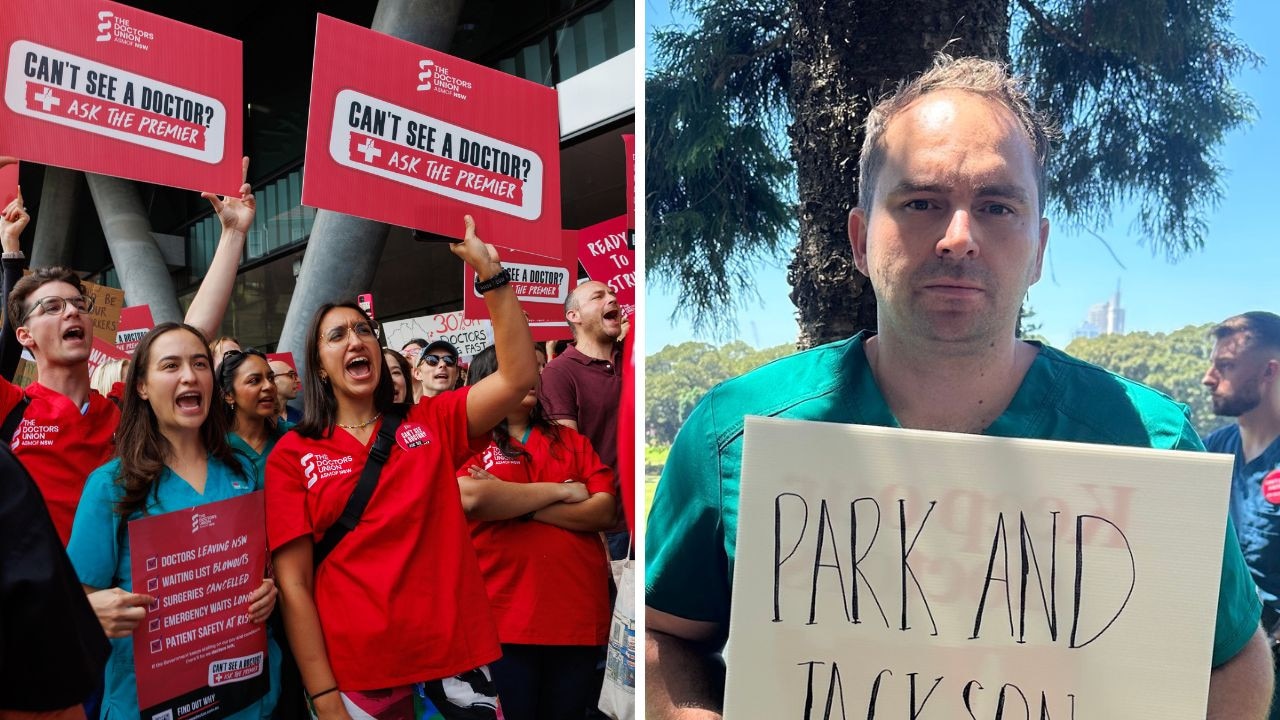The Reality of Job Holding in Tasmania
Bruno Cabral, a former lawyer from Brazil, moved to Tasmania seeking a fresh start but faced challenges in finding a full-time job.
"It was really hard, because I arrived in here in June … and Tasmania is really seasonal, you know, and there weren't many job vacancies available," Mr. Cabral reflected.
To make ends meet, he turned to online job marketplaces. He began taking on small jobs, such as home removalist tasks, which he found to be a quick way to earn money.
"I just realized that it wasn't that hard to be honest, and I was good at it, so I just decided to stay doing it," he said.
Despite landing a permanent job, Mr. Cabral continues to side hustle, using platforms like Airtasker to pick up extra jobs, estimating an additional $300 per week from these gigs.
Tasmania's Unique Job Market
According to the Australian Bureau of Statistics (ABS), Tasmania has the highest rate of multiple job holders in the country, with 8% of employed Tasmanians juggling two or more jobs. This is notably higher than the national average of 6.7%.
Dr. Paul Blacklow, an economics lecturer at the University of Tasmania, attributes this trend to two main factors: the prevalence of part-time hours and low wages in primary jobs.
"They're more likely to want to take on extra jobs so that they can have enough income to sustain themselves and live," Dr. Blacklow explained.
Tasmanians have the lowest average weekly earnings for full-time workers in Australia, which contributes to the need for additional income.
| State/Territory | Average Weekly Full-Time Earnings | |-----------------|----------------------------------| | ACT | $2,178 | | WA | $2,156 | | NSW | $1,985 | | QLD | $1,953 | | VIC | $1,927 | | NT | $1,886 | | SA | $1,857 | | TAS | $1,765 |
The Rise of Multiple Jobs Nationwide
The trend of holding multiple jobs is not exclusive to Tasmania; it has reached a historical peak across Australia, largely influenced by the COVID pandemic and the ongoing cost-of-living crisis. The multiple job-holding rate has remained between 6.5% and 6.7% since December 2022.
Dr. Blacklow noted that this increase is often seen during times of economic uncertainty, where inflation is high and wage growth is stagnant.
Young Workers Leading the Charge
Younger generations, particularly those aged 20-24, are the most likely to work multiple jobs. Aya Gibson, a full-time university student, balances three jobs while studying a double degree.
"I found that with just a casual job, I still needed to find some extra hours here and there to bolster up the income," Ms. Gibson shared.
Despite her busy schedule, she is aware of the rising costs of living and the challenges of entering the housing market in the future.
"People now are struggling to get into the housing market and do stuff," she added, emphasizing the importance of saving for future expenses.




Comments
Join Our Community
Sign up to share your thoughts, engage with others, and become part of our growing community.
No comments yet
Be the first to share your thoughts and start the conversation!